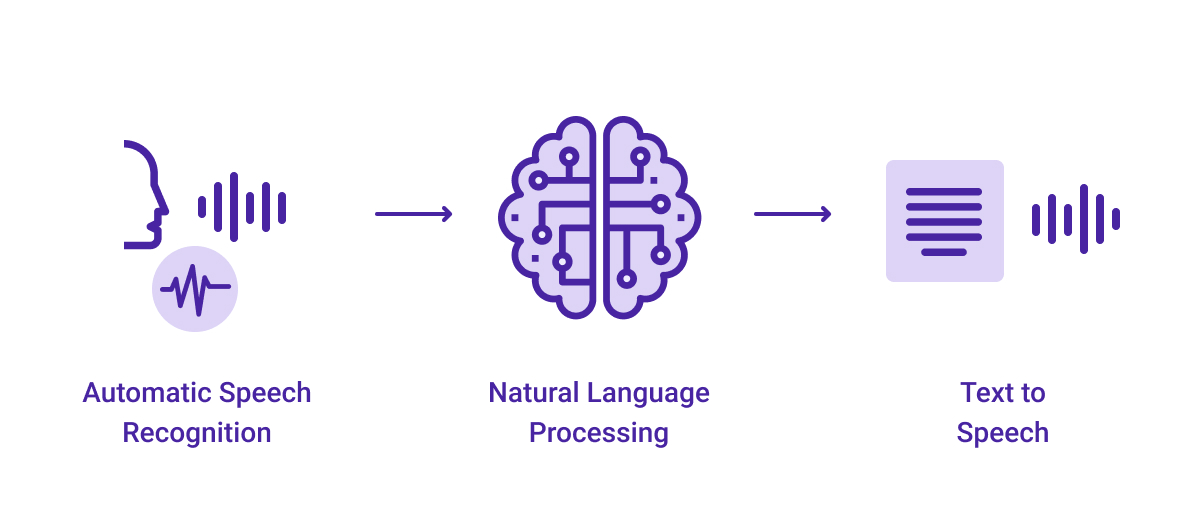

”īut starting a new language model company in 2023 requires coping with your non-winning market position.

This is why you see a lot of companies raising $50m+ seed rounds to build “better” foundation models, where the story is something like “OpenAI and Anthropic are great, but we need. If you were in AI, but not one of the few hundred researchers who contributed to releasing a frontier LLM in the past 6 months, there is a strong incentive to believe those models are not the terminal winners. I’ll address a few of these narratives that are always shared with a high degree of certainty, when the trajectory of the industry is anything but. You should read this article with a grain of salt, too (FF invested in Scale, and a large foundation model provider). Every public narrative should be read with skepticism. It’s hard to know what to believe and who to trust. Today, these hallucinations propel hyperbolic narratives around foundation model FUD, open source outperformance, incumbent invincibility, investor infatuation, and doomer declarations. This fear creates hallucinations including hope (the LLM market deployment phase will unfold in a way that benefits me), cope (my market position isn’t so bad), and mope (the game is already over, and I lost). With a sudden phase change driven by very few people, many technologists fear that the new world we’re entering will leave them behind. OpenAI and Anthropic combined employ fewer than 800 people.

How many people had a hand in building ChatGPT, Claude, and Bard? The transformer architecture was published in 2017, but very few people worked to implement it at scale. While tech as an industry is bigger than ever, the AI frontier is being driven by a much smaller fraction of the ecosystem than former technological shifts like the internet and software. When ChatGPT came online six months ago, even those working in the industry were caught off guard by its rapid growth. Most people instead focused on more profitable endeavors elsewhere for the past decade: earning paychecks from the big tech profit pool, buying tokens in the crypto run-up, building SaaS companies that’d trade at 30x ARR, collecting management fees on ever-bigger VC funds. Even in 2021, AI products were generally niche (Siri, Alexa), protracted (autonomous vehicles, robotics), or domain-specific (recommender systems, Face ID, Google Translate, personalized ads).ĪI seemed stuck in the realm of big tech and academia. Early AI pioneers Herbert Simon and Marvin Minsky anticipated AGI before 2000. Since the 1950s, AI has been a story of the boy who cried wolf – prophecies were over-promised and under-delivered.



 0 kommentar(er)
0 kommentar(er)
